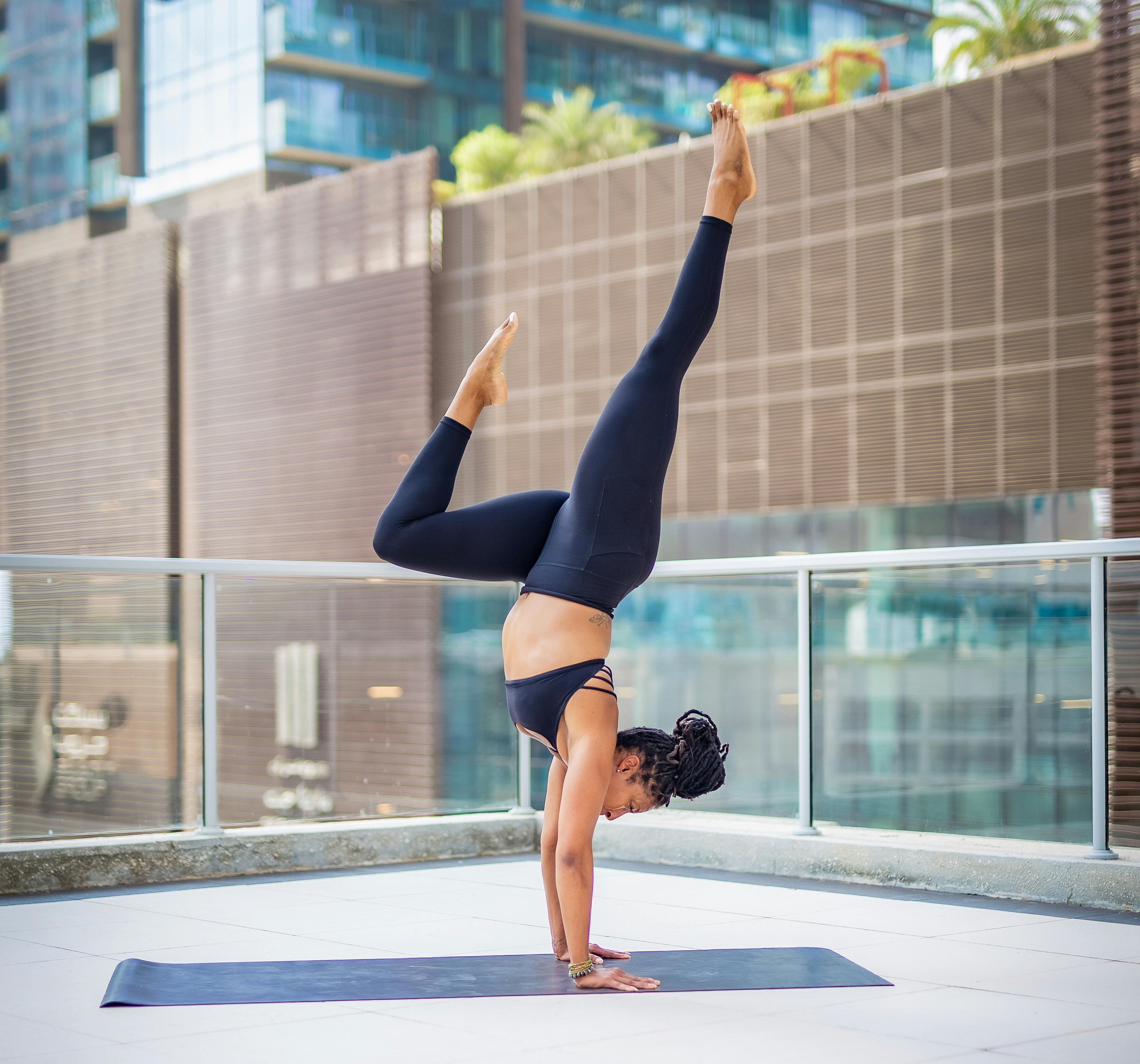Search for yoga retreats
Discover yoga retreats, holidays, and courses from worldwide.
Are you yearning for a holistic practice that nourishes your mind, body, and spirit? Look no further than yoga! This ancient practice offers a unique blend of physical postures (asanas), breathing exercises (pranayama), and meditation, fostering not just physical strength and flexibility, but also mental calmness and emotional well-being.
Even with its amazing benefits, it's important to acknowledge the potential for yoga-related injuries, especially for beginners. Don't worry, this doesn't mean you have to ditch your yoga dreams! By prioritizing safety and incorporating these tips, you can transform your practice into a journey of self-discovery and injury-free growth.
Understanding the Risks: A Gentle Approach
While yoga boasts numerous benefits, it's wise to approach certain poses with caution, particularly if you're new to the practice. Studies have shown that some poses, especially those involving forceful movements or intense neck extensions, can lead to injuries if not done correctly. This is why finding a qualified instructor who emphasizes proper alignment and individual attention is crucial.
Navigating Potentially Risky Poses: Knowledge is Power
Here are a few poses that warrant a cautious approach, especially for beginners:

- Handstand (Adho Mukha Vrksasana): This advanced pose requires significant upper body strength and wrist stability. Avoid it if you have glaucoma due to increased pressure on the eyes.
- Headstand (Salamba Sirsasana): Balancing your entire body weight on your head can be risky, especially for those with neck injuries or eye conditions like glaucoma.
- Shoulderstand (Salamba Sarvangasana): While shoulderstand can be beneficial for the thyroid gland, it can strain the neck and is not recommended for those with high blood pressure.
- Standing Forward Bend (Uttanasana): This pose is great for stretching the hamstrings and back, but forcing it can lead to injuries. Listen to your body and bend only as far as is comfortable.
Building a Strong Foundation: Essential Injury Prevention Tips
Now that you're aware of some potentially risky poses, let's explore how to create a safe and enriching yoga practice:
- Find a Qualified Yoga Teacher: A certified instructor with a strong understanding of proper alignment and the ability to modify poses for individual needs is key.
- Warm Up Wisely: Just like any exercise routine, a proper warm-up is essential to prepare your muscles and joints for movement.
- Embrace Props: Yoga props like blocks, straps, and bolsters can help you achieve proper alignment and prevent overexertion in challenging poses. Don't be shy to use them!
- Listen to Your Body: Forget about forcing yourself into advanced poses or comparing yourself to others. Yoga is a journey, not a competition. Progress gradually and respect your body's limitations.
- Alignment is Key: Proper alignment minimizes the risk of injury. A good instructor will guide you on how to safely enter and exit each pose.
- Consult a Healthcare Professional: If you have any pre-existing injuries or medical conditions, talk to your doctor before starting a yoga practice. They can advise you on any modifications you might need.
Beyond Injury Prevention: Exploring Yoga Teacher Training and Retreats
As you deepen your yoga practice, you might consider embarking on a yoga teacher training program or participating in a rejuvenating yoga retreat.

- Yoga Teacher Training: Enrolling in a yoga teacher training program allows you to expand your knowledge, refine your practice, and potentially share your passion with others. Imagine guiding students on their own yoga journeys!
- Yoga Retreats: A yoga retreat offers the perfect opportunity to immerse yourself in the practice, disconnect from daily stressors, and learn from experienced instructors in a beautiful and serene setting.
Conclusion: Your Yoga Journey Awaits
Yoga is a transformative practice that offers a multitude of benefits for your physical and mental well-being. By prioritizing safety, seeking qualified guidance, and honoring your body's limitations, you can confidently embark on your yoga journey and experience the profound joy and peace this practice offers. Remember, yoga is a journey of self-discovery, so embrace it with an open mind, a curious spirit, and a commitment to your holistic well-being.
Disclaimer: The information provided in this blog post is for educational purposes only. Please consult a healthcare professional before starting any new exercise program.
Craving More Stories?
Join our ShopYogaRetreats newsletter for the latest updates on thrilling
destinations and inspirational tales, delivered straight to your inbox!
We value your privacy. Your email address will never be shared or published.
 English
English Deutsch
Deutsch Français
Français Nederlands
Nederlands Español
Español

